Porous, and pervious are other words for permeable (You may remember the word from your school days). Permeability is a measure of how easy a fluid (water) can move through a porous surface.
Our main source of drinking water is mainly from groundwater, which is also an important resource for plants and trees. Over the decades, the amount of available groundwater has been depleted partly due to the impermeable surfaces installed in developments of cities. Impermeable surfaces don’t allow rain and melting snow to recharge groundwater. Infrastructure elements such as highways, walkways, roofs, driveways and sports courts all keep water from recharging into the ground.
Since water can’t penetrate concrete, asphalt and other impermeable surfaces, water flows into storm sewage systems, into streams, and then eventually into our local bodies of water. During an ever increasing flash storm, high volumes of this water run-off may lead to flooding, which can create costly damages. Furthermore, toxic pollutants, such as car oil or chemicals from pesticides, are picked up by runoff water from pavement and dumped into nearby bodies of waters, such as rivers, streams and lakes where our supply of drinking water becomes slowly contaminated and harms the environment.
Apart from water contamination, another problem faced when impermeable pavement is the accumulation of heat in and around cities. Sunlight is absorbed and reflected back as heat by impermeable surfaces, such as asphalt and concrete. This buildup is referred as the “heat island effect”.
Before building your driveway, patio, or parking lot, address some of these issues by installing a permeable pavement. Some of these permeable pavement can even allow grass to grow and prosper within them. You can bring aesthetics to your home with many permeable options for water to properly drain on your property. Create a permeable area while also reducing heat accumulation, know as the heat island effect, around your building.
Fortunately, permeable pavements are a green alternative that allows water to soak back into the ground, and helps reduce the heat island effect. Let’s take a look at the most popular options for permeable driveways.
RESIN BOUND AGGREGATE
Our favourite, is Resin Bound Aggregate pavement, which is made thoroughly mixing aggregate stones with resin. A resin bound pavement is 100 percent, fully permeable and once cured, is flexible thus making it resistant to cracking. Being a surface that is entirely permeable, resin bound surfacing are the most effective, in preventing flooding and puddles, even under flash storms.
Better yet, they are considered Low-maintenance, requiring brushing and occasional light hose/pressure washing. They are slip-resistant for safer spaces and adapts to any area and shape.
At Dream Pave, our resin bound surfaces come in a range of naturally designed granite colours, and we can incorporate design options such as patterns and borders. The resin we use in our process is a non-toxic, flexible polyurethane variety; It is strong enough to handle vehicles, heavy trucks and machinery since it is highly durable and flexible.

PERMEABLE BLOCK PAVERS
Another option includes block pavers, which are also know as interlock, that are strategically placed with a small gap in between. This small gap, known as joints, allow water to flow through the cracks. Although not 100 percent permeable, they allow some water to soak into the ground. These blocks can bring unique patterns and color to your pavement and as an option can allow grass to grow through the gaps for a more rustic design. Out of the two, concrete pavers are sturdier than brick but both are durable to heavy traffic. Adding concrete or brick pavers instead of any impermeable pavement, can help you and the environment in the long run. For instance, allowing some water to soak back into the ground will keep the direct and surrounding areas will need much less irrigation. That’s less work you need to do to maintain your lawn.
PLASTIC GRIDS
When searching for a less expensive alternative, consider using permeable plastic grid systems. These plastic grids are industrial strength, and allow for 100 percent permeability when established correctly. The grids interlock and filled with gravel. Some of these plastic grids are made from 100 percent recycled post-consumer plastic, making the product environmentally-friendly starting from its manufacturing process.
PERVIOUS CONCRETE
Made from a mixture of stones and concrete, this is a porous material that is similar to the look and feel of concrete but is permeable. What you do need to keep in mind, is the maintenance required to keep sediment from accumulating in the pores. The accumulation may happen too deep to be able to repair and you may have to replace the pavement if it becomes impermeable due to clogging.
Once water run-off water can no longer penetrate concrete and other impermeable surfaces, water is redirected into storm sewage systems, into streams, and then eventually into local bodies of water. Toxic pollutants, such as automobile fluids or pesticides, are picked up by run-off water from pavement and dumped into nearby bodies of waters, such as rivers, streams and lakes where our supply of drinking water becomes slowly contaminated and harms the environment.
AFTER CONCRETE
Apart from water contamination, another problem faced when impermeable pavement is the accumulation of heat in and around cities. Sunlight is absorbed and reflected back as heat by impermeable surfaces, such as asphalt and concrete. This buildup is referred as the “heat island effect”.
Before building your driveway, patio, or parking lot, address some of these issues by installing a permeable pavement. Some of these permeable pavement can even allow grass to grow and prosper within them. You can bring aesthetics to your home with many permeable options for water to properly drain on your property. Create a permeable area while also reducing heat accumulation around your building.
The best permeable pavement application that would be the most beneficial to your home would be your driveway due to its exposure to heavy and foot traffic and pollutants on your property. Consider permeable materials that allow water to soak back into the ground allowing it naturally filter out pollutants, such as car oil and pesticides, to avoid contamination of nearby bodies of water that supply us with drinking water.
Create a unique outdoor space in your backyard. Adding permeable pavement to your backyard will bring some added perks that traditional patios don’t normally have.
GRASS PAVEMENT
You can pave your lawn with plastic grids to create a stabilized, grass pavement that’ll allow you to walk on even when it is muddy and rainy. The grid is laid on top of a sub-base that has a detention area capable of holding water. Not only would your lawn not be muddy and susceptible to flooding but your dog won’t be able to dig up holes that ruin your grass.
IN SUMMARY
Regardless as to which type of permeable surfacing you choose, it is crucial to ensure there installed on top of a permeable sub-base. This sub-base acts as a storage area that holds water temporarily to avoid flooding on the surface level. As water drains through the top layer and the permeable base, typically consisting of clean stone, pollutants in the water are naturally filtered before it soaks back into the ground.
From a grass-paved pool are to a permeable driveway, the options are endless when you open the doors to the possibilities for your property when you introduce permeable pavement. Permeable pavement is not only a problem-solver, but definitely the best environmental choice and it proves that we can incorporate permeable solutions that make our daily lives easier, are are a sustainable pavement choice.


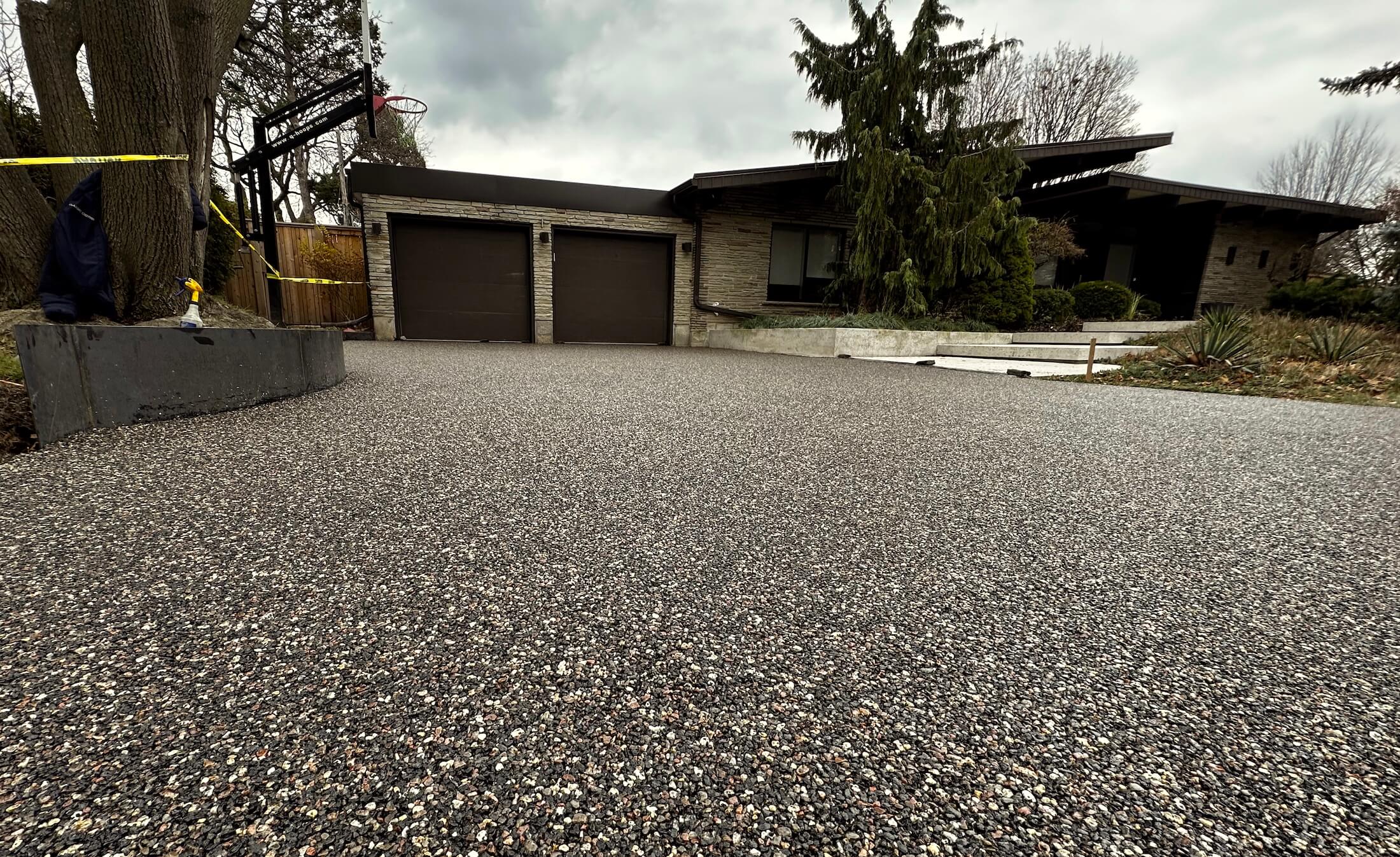
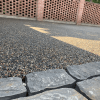
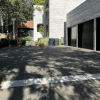
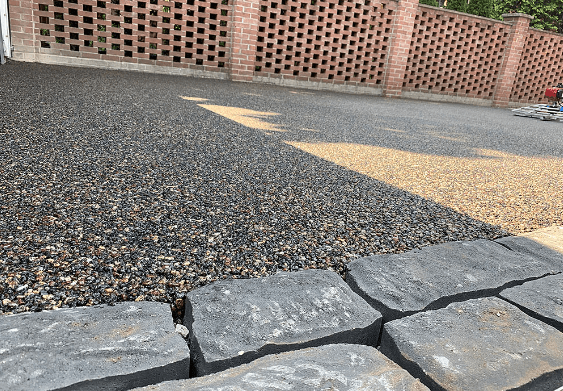
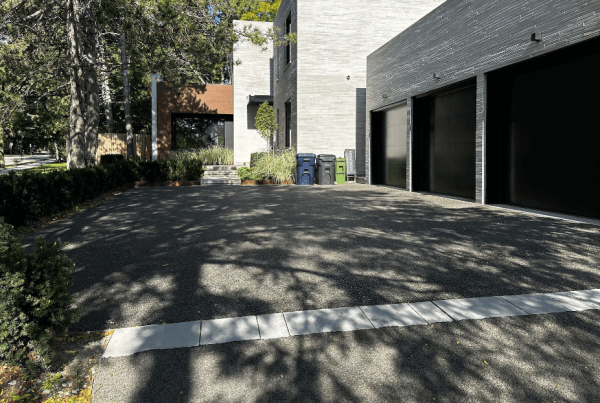

Recent Comments